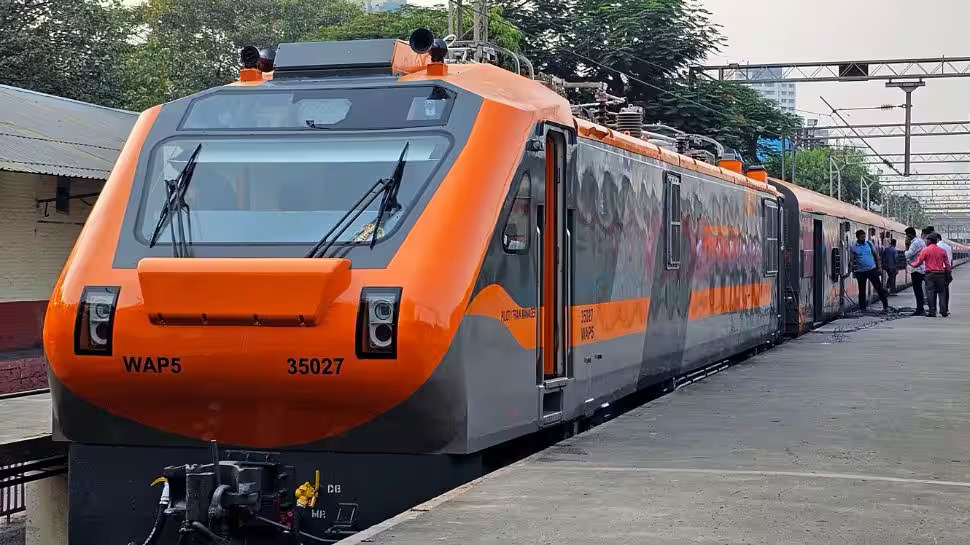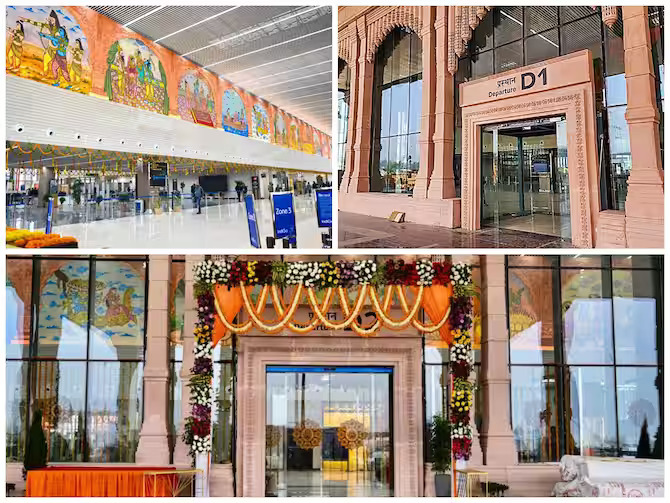Ayodhya | Building a city around a temple:
It’s the twilight hour. The noise of earth movers and stone-cutting machines melds with the devotional songs being played at every second house and shop in Ayodhya, a two-hour drive from Uttar Pradesh’s capital, Lucknow. At 6 p.m., the small makeshift temple within bulletproof glass, dedicated to Ram Lalla (the child Ram), which currently sits at the Ram Janmabhoomi (birthplace), is closed. Devotees move to the other side of the city, towards the ghats of the Sarayu river. Here, an aarti (worship) of the river is performed, followed by a sound and light show of the Ramayana, the story of Ram from his birth to his return to Ayodhya.
This shift in the tide of tourists gives workers the time and space to complete the construction of roads — Bhakti path, Ram path, and Janambhoomi path — leading to several religious monuments within a 5-kilometer radius in Ayodhya. The Janmabhoomi path culminates in the 360-foot tall, 235-ft wide Ram temple, its stone being polished on a war footing, for the inauguration by Prime Minister Narendra Modi on January 22.




